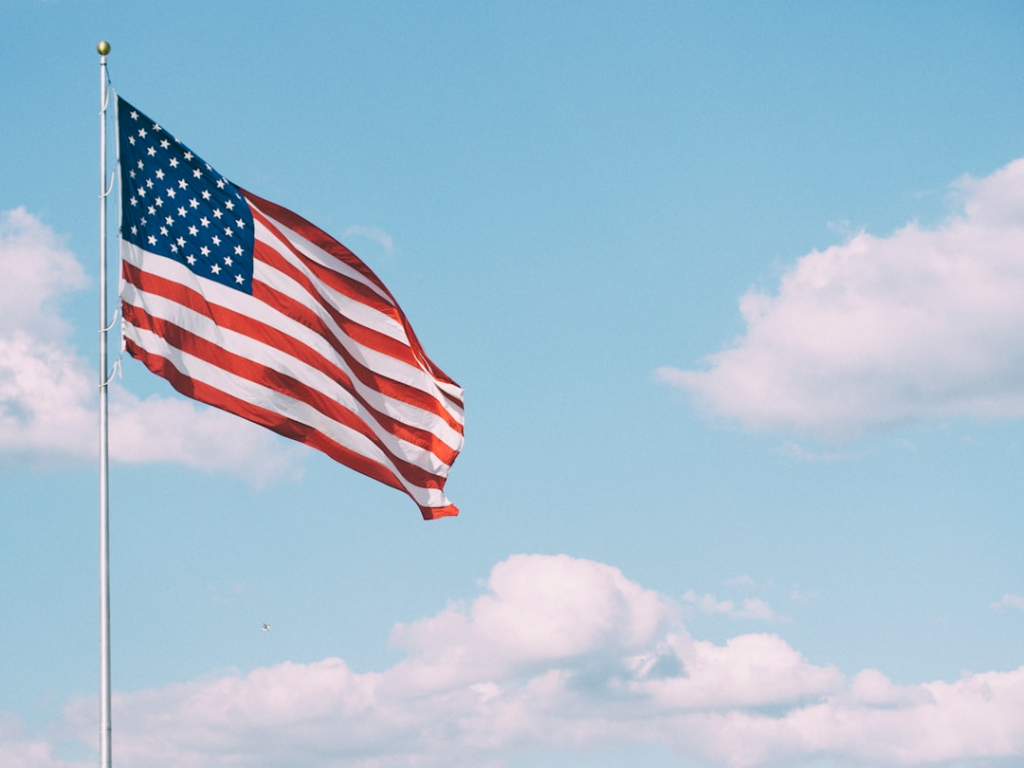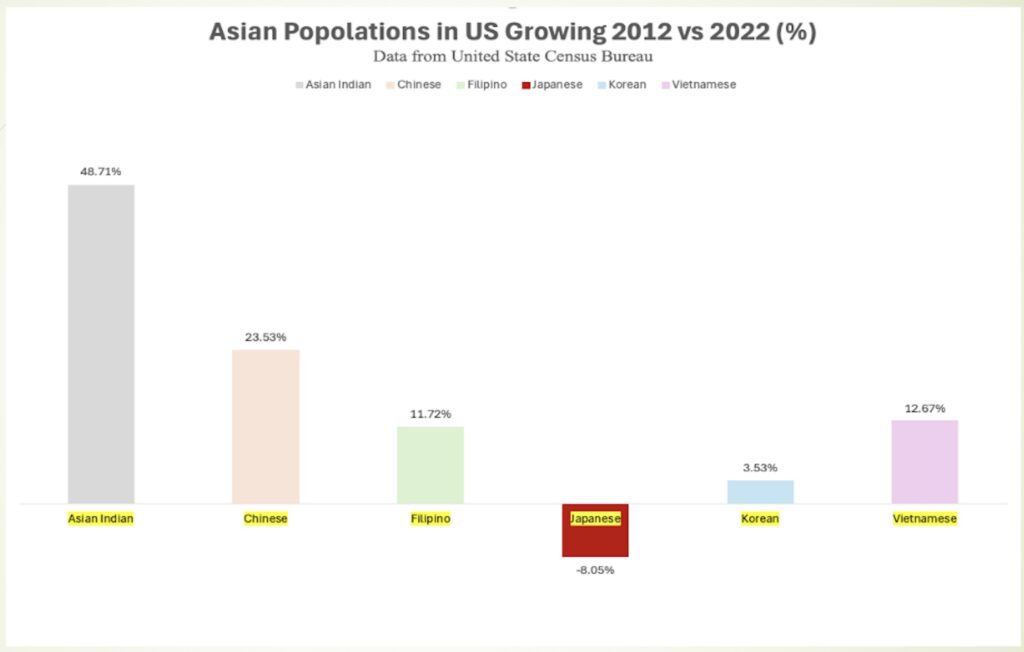🇺🇸 The Turning Point in Hiring for Japanese Companies in the U.S. (Part 1)

— The Declining Japanese Population in the U.S. and the “Endangered” Bilingual Workforce —
In July 2025, at a JETRO seminar held in New York, our CEO, Masato Fujihara of Interesse International Inc., delivered a keynote lecture on “The Future of Talent Acquisition.”
From 9/11, the Lehman Shock, COVID-19, and shifts in U.S. visa policy, the hiring environment for Japanese companies in the United States has undergone dramatic changes.
This article (Part 1) summarizes the structural shifts currently taking place in the U.S. labor market based on his lecture.
🗽 9/11: A Major Turning Point for Talent and Corporate Strategy
The terrorist attacks on September 11, 2001, not only shocked American society but fundamentally reshaped global business.
Before 9/11, New York was a global magnet for top talent, and many Japanese professionals thrived at major financial institutions such as:
- Merrill Lynch
- J.P. Morgan
- Goldman Sachs
- Deutsche Bank
After the attacks, however, companies and workers began relocating to diversify risk, shifting operations to London, Hong Kong, and Tokyo.
As a result, the number of Japanese financial professionals based in the U.S. began to decline.
At the same time, the early 2000s still saw strong enthusiasm for study-abroad programs—“the last era when many young Japanese still saw real opportunity in America.”
🧭 The Lehman Shock and the Structural Shift in Hiring
In 2008, the collapse of Lehman Brothers triggered a global financial crisis.
The U.S. economy plunged into recession, and unemployment soared to over 10%.
The Obama administration responded by prioritizing “protecting American jobs.” This led to:
- Stricter scrutiny of H-1B visa applications
- Increased filing fees
- Surprise workplace inspections
Under these changes:
- Most H-1B slots were taken by Indian and Chinese engineers
- Japanese professional hires dropped sharply
- Many Japanese students were unable to secure work visas and had to return to Japan
This period marked the beginning of a structural decline in “Japanese workers in the U.S.”
📉 Fewer Young Japanese, Growing Senior Population
Since the 1990s, U.S. wages and prices have risen roughly 2.5 times, while the average Japanese income has remained largely flat.
This income gap has caused many families to give up on overseas study, leading to a visible decline in young Japanese coming to the United States.

According to the 2020 U.S. Census:
49.1% of Japanese residents in the U.S. are aged 60 or older.

Meaning:
Less than half are of working age.
In his lecture, Fujihara illustrated this reality with a memorable metaphor:
“Even if you cast a fishing line into the pond, there are no fish.”
This was not poetic exaggeration but a reflection of a structural demographic decline.
🌪️ COVID-19 Accelerated the “Disappearance” of Japanese Workers
Just as the labor market began recovering from the Lehman Shock, the COVID-19 pandemic struck in 2020.
Industries dependent on human interaction—tourism, travel, aviation, hospitality, and weddings—collapsed almost overnight.
The national unemployment rate skyrocketed from near-full employment to over 14% within weeks.
Compounding the issue, holders of temporary work visas were ineligible for unemployment benefits, forcing many Japanese workers to return to Japan.
This dramatically reduced the supply of Japanese labor in the U.S.
The pandemic forced Japanese companies to rethink a fundamental question:
“How do we secure and retain talent?”
🧩 Bilingual Japanese/English Talent Is Now “Endangered”
Taking these long-term shifts into account, Fujihara issued a clear warning:
“Hiring Japanese–English bilingual talent in the U.S. will soon become as difficult as in European countries, where the Japanese population is small.”
In other words:
- The era of “finding Japanese speakers” is over
- We have entered an era of “developing and maximizing the limited talent that exists”
With the irreversible decline and aging of the Japanese population in the U.S., companies must fundamentally rethink how they hire, train, and retain talent.
🕊️ Bringing Voices From the Field to Policymakers
— Petitions to the U.S. Ambassador to Japan and the President —
Recognizing the urgency, Fujihara submitted formal petitions in 2018 and again in 2024 to:
- The U.S. Ambassador to Japan
- The President of the United States
The goal was simple:
Ensure policymakers understand the real challenges facing Japanese and bilingual workers in the U.S.
The petitions called for improvements in:
- Visa programs
- Workforce mobility
- Education support
- Youth and student pathways
As a company involved in recruiting and supporting bilingual professionals, we believe it is our responsibility to connect real hiring challenges to policy-level discussions.
These efforts represent a concrete first step toward rebuilding an environment where young Japanese can once again envision a future in the United States.
✳️ Coming Next: Part 2 — What Should Companies Do?
In Part 2, we will cover:
- The traits of companies that successfully hire under “U.S. standards”
- Practical actions Japanese companies should take now
- How successful employers adapt with speed, flexibility, and local decision-making
As bilingual talent becomes increasingly scarce, what separates companies that can hire from those that cannot?
We will explore the answer next.

